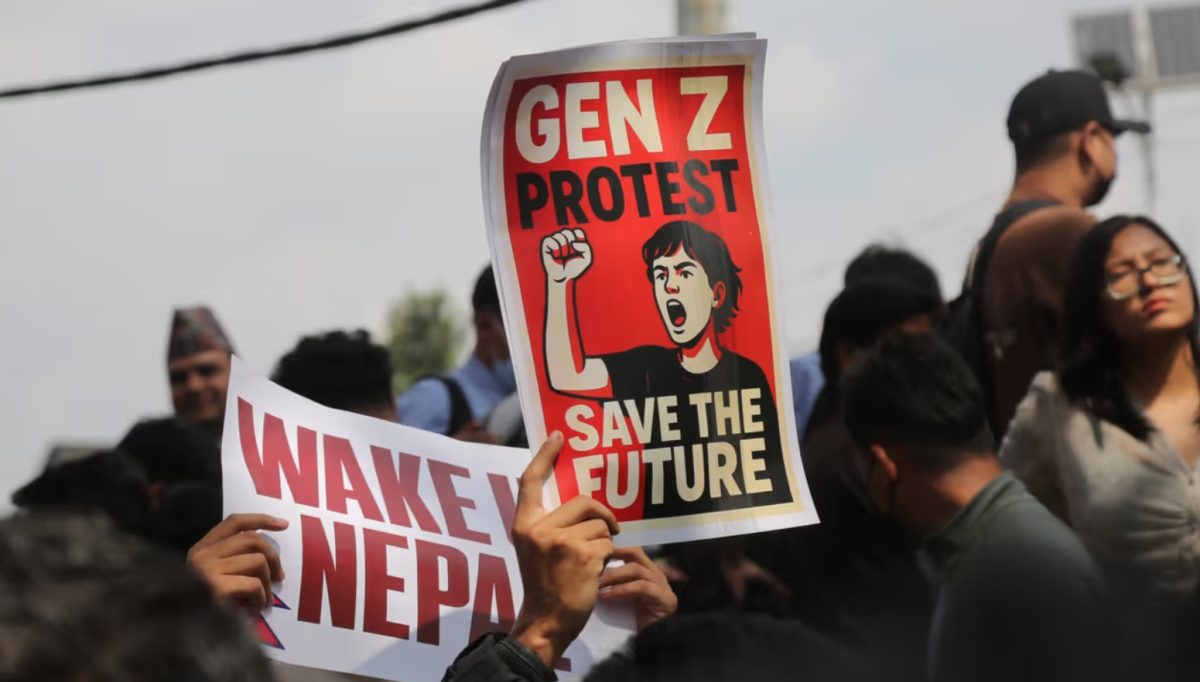As a student in the social work program, I participated in a homelessness simulation earlier this semester. Nine students enrolled in SCWK 230-01 Human Diversity participated in a simulation designed to increase our level of empathy and to help us experience, observe and better understand homelessness.
Development of empathy with undergraduate social work students is difficult. The development of empathy is more than just the skill of nodding on cue, demonstrating a supportive posture and acknowledging the client’s perspective. It requires empathic exploration – sustained empathic inquiry or immersion of one’s self in the experience(s) of the other and includes a grasping of the explicit or implicit aspects of the client’s experiences to help develop new narrative constructions.
For this particular exercise, three students from our class “performed” the roles of being homeless. The other six students were observers with the responsibility of capturing data from students, faculty and staff and documenting their reactions.
The “homeless” student actors situated themselves on Gannon’s campus to force contact and interaction. Two actors positioned themselves along A.J.’s Way, while one sat in front of the Gannon Bookstore. Observers positioned themselves close enough to see, but at a short distance to conceal their roles. Each observer only monitored one “homeless” student and later reported back to the group to share information. Student actors constructed their own storyline for being homeless.
For example, the student I observed had the story —with a sign to go along — that he recently lost his job and needed money. Another actor portrayed a young mother who had left home to avoid an abusive boyfriend. The third student played the role of a young man whose parents had recently died in a fire and he was trying to make his way to his nearest relatives in another state.
This is important to note as the observed reactions varied according to which “homeless” actor students, staff and faculty encountered. When we shared our observations, we quickly discovered the diversity of reactions was significantly dictated by the setting and circumstance.
Overall, I was shocked at how many people simply walked past the “homeless” students. The greater issue for me was the body language expressed by those who were walking past. When questioned, Kaitlyn Falk, a senior nutrition and human performance major and an AmeriCorps*VISTA in the wellness department at Gannon, expressed a similar feeling. She said she didn’t give money because she didn’t have any, but that it broke her heart how many people she noticed that wouldn’t even look at the “homeless” students.
“It was incredibly upsetting and discouraging when Gannon students walked past who they thought were homeless individuals without offering even a smile, a ‘No, Sorry’ — anything,” Falk said. “In this country, homeless people are often considered to be nothing more than an inconvenient object, which is sad.”
The statement she made was very true in this case as a majority of the people — outsiders of the situation — would just walk right past without making eye contact or acknowledging the “homeless” student at all. It was disheartening to me as I watched person after person totally ignore the student as if he didn’t even exist. This made me think about what people who are truly homeless go through and all of the obstacles they face, especially among other people.
I was able to ask a few participants why they chose not to help the “homeless” actors. One student said he had to go to class while another said he sometimes questions if the people really need money. One of the more interesting responses came from an older woman — possibly a teacher or staff member.
She boldly said that, “he should go get a job.” She said this while laughing and seemed irritated by the question. When asked why she didn’t help, she said that he didn’t look like he needed help, referring to the way the student was kept — his dress and cleanliness.
This interaction exposed two very common stereotypes attached to being homeless. The first is that all homeless people are dirty and the second is that everyone who is homeless is lazy or does not want to work. While this is true for a small minority of people who are homeless, it is not true for the majority.
On the other end of the scale, one student took the time to stop, talk and give some money. This young man actually said that the reason he gave was because he sympathized with the “homeless” student, saying that getting laid off was out of his hands.
The participant said with the current economic conditions, he could understand the situation. He also said that if the sign had read, “need money for food” he probably wouldn’t have given money, but bought food instead. It is interesting to note the different attitudes held by the participants and how their attitudes or thoughts toward the situation may have impacted their reactions.
Our class was impressed by the reaction of Udai Singh, Ph.D., an assistant professor of mechanical engineering, who stopped and gave money to one of the student actors. More important was the amount of time and dignity he afforded the actor.
Singh said that he is very familiar with poverty. Growing up in an impoverished community in India, he firmly believes it is his moral obligation to help those who continue to struggle in and with poverty.
“One of the greatest challenges facing every nation on the Earth is wealth inequality,” Singh said. “Being human is not about being the ‘top evolutionary species’ on the planet.
“One must show humanity to be considered a human being, and that means taking care of our brethren who are less fortunate, be it at home or abroad.”
The impact on the student actors was extraordinary. All of the actors said that when they interacted with the public they felt negatively judged, ignored, devalued and “invisible.” The level of the many emotions felt was intense and at times painful. Overall, I learned from this experience that most people — at least in this simulation — disregard homeless people as though they do not exist.
This is a huge problem and one of my biggest take-aways from this experience. I learned more about the unfair judgments of the homeless regarding their appearance, and the assumptions people make about what homelessness looks like. I was glad to see that some people have different beliefs and attitudes toward people who are homeless and that not everyone is condescending toward them.
I also learned that people who are truly homeless have to have a lot of courage to ask for help. During the simulation, I noticed that although the “homeless” student was an actor, the rejection he faced was very real and it caused him to shrink back after a little while. It takes courage for people to seek help in this kind of environment.
Furthermore, this experience made me realize the importance of the actions of other people and how they can play such a huge role in societal issues.
Even in doing nothing or ignoring the person or group, this creates one of the greatest challenges for people who are suffering. We, as people passing by, need to remember that our decision to do nothing is in fact a decision that has a substantial impact on others and our world.
This exercise allowed us to step out and witness firsthand the reality that homeless people have to deal with. I had previously witnessed how homeless people are often looked down upon and avoided, but this exercise exposed the many challenges, stereotypes and stigmas attached to being homeless.
It is necessary to be made aware of these things so that we can do our part in reducing them, starting with our own thoughts and actions.
JEANNETTE CASIANO
[email protected]









phanhien181 • Jan 8, 2017 at 9:50 am
http://www.chothuecanhohcm.net/cho-thue-can-ho-dich-vu-quan-1/
dfadgagaga • Jan 3, 2017 at 5:17 am
like Mary replied I’m blown away that someone can get paid $8607 in one month on the
internet . look happy you and like please please*****************////////////////// www.new-career7.com
kekuwarexe15 • Dec 13, 2016 at 5:35 am
My Uncle Hunter just got a new silver Honda Insight Hatchback
just by part-time work SEE MORE DETAILS ……………………………….. http://www.cash-spot.com/